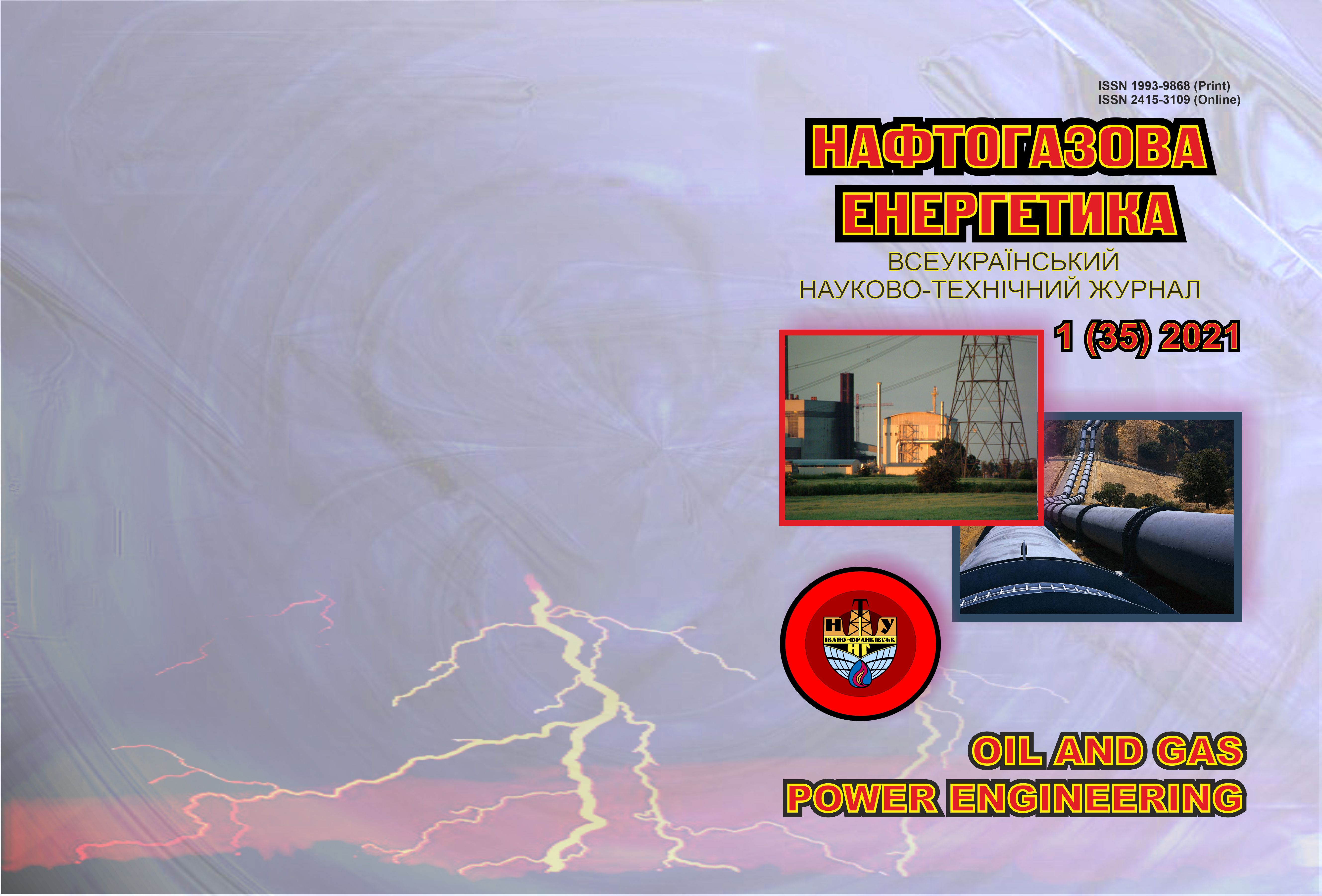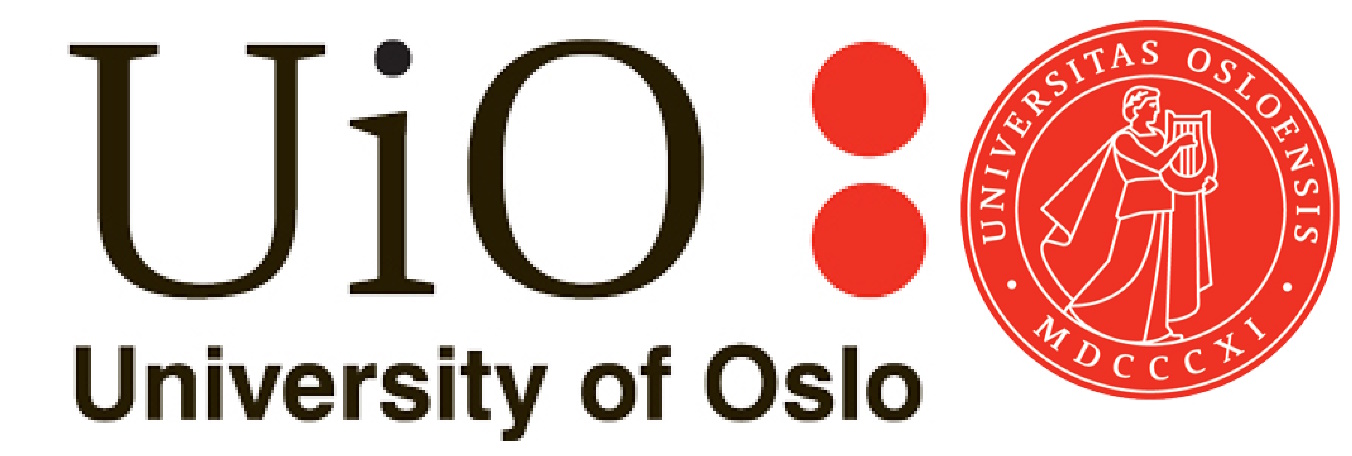Technical and technological support for preventing the destruction of well walls
DOI:
https://doi.org/10.31471/1993-9868-2021-1(35)-25-38Keywords:
drilling, rock, fuel-bitumen bath, directional well, cavity, shedding and collapseAbstract
At present stage of the development of the domestic gas production industry, the problem of increasing the volume of hydrocarbon production is extremely urgent for our state. In the dynamics, there is a significant increase in the volume of directional wells drilling. However, the drilling of such wells is associated with a number of problems. The main problems that may arise in this case are associated with insufficient stability of their bore, which in most cases leads to sticking of the drill string and a significant increase in material costs and production time for their elimination. Therefore, ensuring the integrity of the borehole walls during their drilling is a priority and extremely important problem in the system of measures aimed at improving the quality and improving the technical and economic indicators of their construction. The work is devoted to the improvement of the technology for preventing the destruction of the walls of directional wells, through the influence of technical, technological, mining, and geological factors on the change in the stress-strain state of the mass of the near-wellbore zone of the well. The production material on the sticking of the drill string was analyzed during the construction of wells in the Dnieper-Donets depression fields. It was found that the reasons for the loss of mobility of the drilling tool are mainly the violation of the integrity of the borehole walls as a result of caving and collapse of rocks, as well as the formation of keyseats on the borehole walls. Such complications arose, despite the observance of the operating and technological parameters, when deepening the well and recommendations for reducing keyseats on the walls of the well and preventing caving and collapse of rocks. The existing scientific and practical methods and approaches to prevent the loss of stability of the wellbore walls do not allow eliminating the indicated cause of complications, since the correct selection of the BHA, as well as the development of measures to reduce the intensity of capping and grooving, plays an important role. The paper proposes measures to prevent cavities and keyseats when drilling directional wells. The factors influencing the stability of the borehole walls in conditions prone to collapse and rock caving have been analyzed. The expediency of using baths for strengthening the walls of wells in clayey rocks has been established and substantiated. The formulation of a modified fuel-bitumen bath, the duration of which is 1.5÷5 times longer than that of a fuel-bitumen bath is proposed. A method is proposed for predicting intervals prone to complications associated with the loss of stability of the wellbore walls. According to industrial data, a technology has been proposed for installing a fuel-bitumen bath to prevent keyseats formation during well drilling. To eliminate the keyseats in the well, a bottom-hole assembly is proposed, which consists of stepped heavyweight drill pipes with simultaneous installation of tapered adapters at the transition points from a larger diameter of a drill string element to a smaller one and an eccentric carbide bit
Downloads
References
Chudyk I. I., Riznychuk A. I., Milostian M.O., Shutka P. M. Eksperymentalni doslidzhennia na modeliakh komponovok nyzu burylnoi kolony. Tekhnika i prohresyvni tekhnolohii u naftohazovii inzhenerii – 2012: pratsi Mizhnar. nauk.-prakt. konf. (Ivano-Frankivsk, 5–7 lyst. 2012). Ivano-Frankivsk. 2012. P. 183–185. [in Ukrainian]
Kryzhanivskyi Ye. I. Naftohazova enerhetyka: efektyvni tekhnolohii i tekhnika vydobuvannia, transportuvannia ta spozhyvannia nafty i hazu. Naftova i hazova promyslovist. 2006. No 5. P. 7–9. [in Ukrainian]
Gorodnov V. D. Fiziko-himicheskie metodyi preduprezhdeniya oslozhneniy v burenii. 2-e izdanie, pererabotannoe i dopolnennoe. M.: Nedra, 1984. 229 p. [in Russian]
Belov V. P. Obrazovanie kavern pri burenii. M.: Nedra, 1970. 52 p. [in Russian]
Ahmadeev R. G., Danyushevskiy B. C. Himiya promyivochnyih i tamponazhnyih zhidkostey. M.: Nedra, 1981. 151 p. [in Russian]
Baranov V. S. Glinistyie rastvoryi dlya bureniya skvazhin v oslozhnYonnyih usloviyah. M.: Gostoptehizdat, 1959. 199 p. [in Russian]
Basaryigin Yu. M., Bulatov A. I., Proselkov Yu. M., Oslozhneniya i avarii pri burenii neftyanyih i gazovyih skvazhin. M.: Nedra, 2000.
Novikov V. S. Ustoychivost glinistyih porod pri burenii skvazhin. M.: Nedra, 2000.
Penkov A. I. Uchebnoe posobie dlya inzhenerov po burovyim rastvoram. Volgograd: Interneshnl Kasp Flyuidz, 2000. 139 p. [in Russian]
Kryisin N. I. i dr. Primenenie bezglinistih polimersolevyih rastvorov. Perm, 1982. 64 p. [in Russian]
Ippolitov V. V., Sevodin N. M., Usyinin A. F. Obespechenie ustoychivosti glinistyih porod pri burenii naklonno napravlennyih skvazhin na mestorozhdeniyah severnoy chasti Zapadnoy Sibiri. Vestnik assotsiatsii burovyih podryadchikov. 2000. No 2. P. 13–18. [in Russian]
Gubanov V.N., Lopatin D.V., Syichev V.S., Tolstouhov A. A. Kniga inzhenera po rastvoram ZAO «SSK». M.: Garucs, 2006. 549 p. [in Russian]
Chudyk I.I., Riznychuk A.I., Yurych A.R. Novi mozhlyvosti pidvyshchennia mekhanichnykh vlastyvostei hirskykh porid. Innovatsii i transfer tekhnolohii: vid idei do prybutku: pratsi IV Mizhnar. nauk.-prakt. konf. (Dnipropetrovsk, 24–26 kvit. 2013). Dnipropetrovsk. 2013. P. 104–106. [in Ukrainian]
Deminskaya N. G. Ispolzovanie ingibiruyuschih burovyih rastvorov dlya predotvrascheniya obvalov v glinistyih otlozheniyah. Tezy dokl. mezhregion. molodezhnoy konf. "Severgeoekoteh – 2001". Uhta: UGTU, 2001. P. 63–64. [in Russian]
Egorova E. V., Simonyants S. L., Budko A. V., Mnatsakanov V. A., Usyinin A. F. Primenenie ingibiruyuschih himicheskih reagentov dlya bureniya glinistyih otlozheniy Astrahanskogo GKM. Vestnik assotsiatsii burovyih podryadchikov. 2009. № 4. S. 45–48. [in Russian]
Orynchak M. I., Riznychuk A. I., Orynchak M. M., Beizyk O. S. Palyvno-bitumna vanna. Rozvidka ta rozrobka naftovykh i hazovykh rodovyshch. 2010. No 3 (40). P. 90–95. [in Ukrainian]
Chudyk I.I., Riznychuk A.I., Yurych A.R. Odyn iz metodiv vyrishennia problemy stiikosti stovbura sverdlovyny pry burinni v slantsevykh vidkladakh. Rozvidka ta rozrobka naftovykh i hazovykh rodovyshch. 2012. No 3(44). P. 55–62. [in Ukrainian]
Mysliuk M. A., Rybchych I. Y., Yaremiichuk R. S. Burinnia sverdlovyn: dovidnyk: u 5 vol. K. : Interpres LTD, 2004. Vol. 5: Uskladnennia. Avarii. Ekolohiia. 294 p. [in Ukrainian]
Pustovoytenko I. P. Preduprezhdenie i likvidatsiya avariy v burenii. M.: Nedra, 1988. 278 p. [in Russian]
Patent Ukrainy na korysnu model No 143651 MPK E21V 07/08. Komponovka nyzu burylnoi kolony dlia likvidatsii zholoba u sverdlovyni. Zaiav. 05.02.2020; opubl. 10.08.2020, Biul. No 15. 5 p. [in Ukrainian]
Downloads
Published
How to Cite
Issue
Section
License
Copyright (c) 2021 Oil and Gas Power Engineering

This work is licensed under a Creative Commons Attribution-ShareAlike 4.0 International License.


.png)






1.png)









